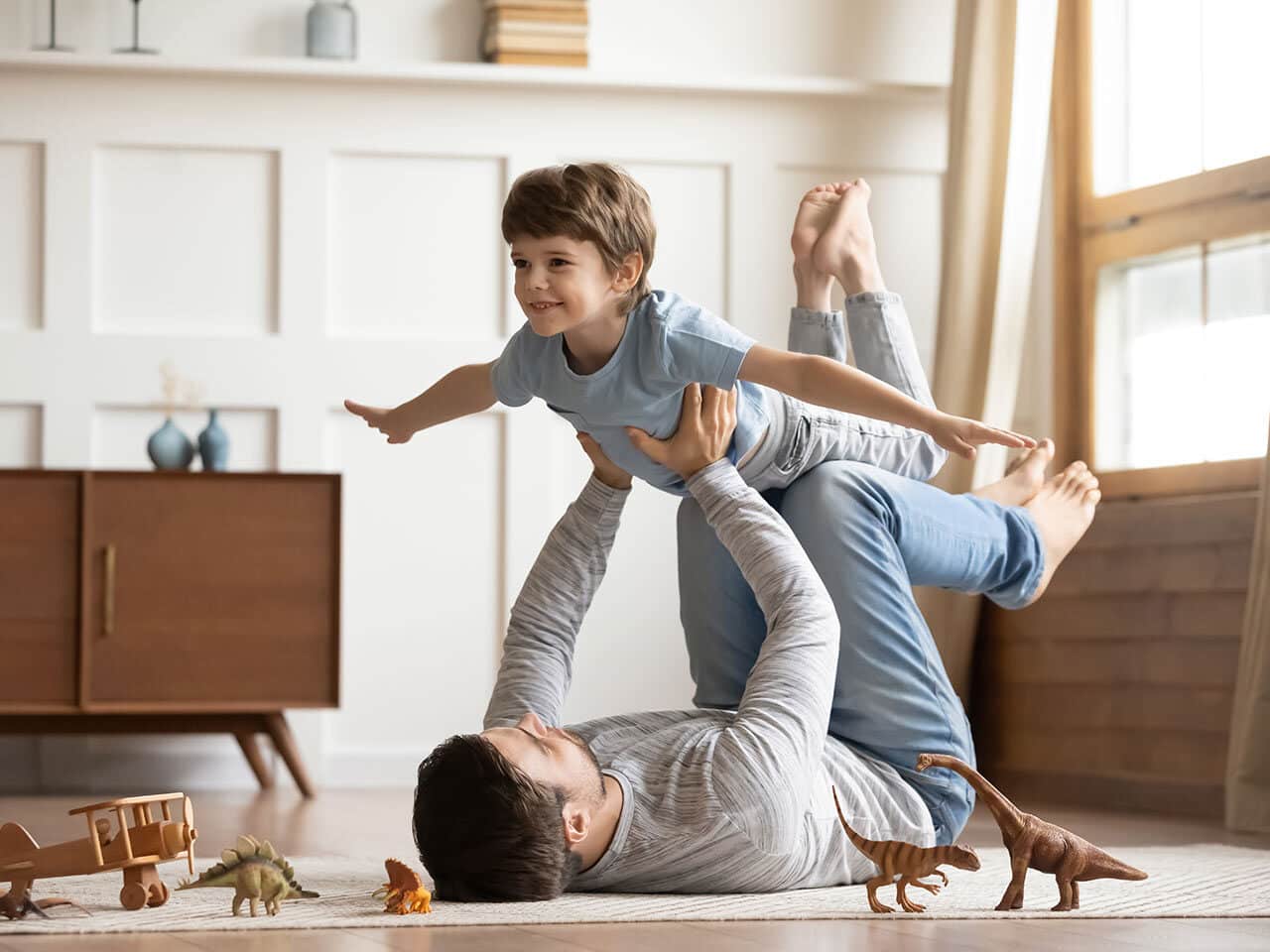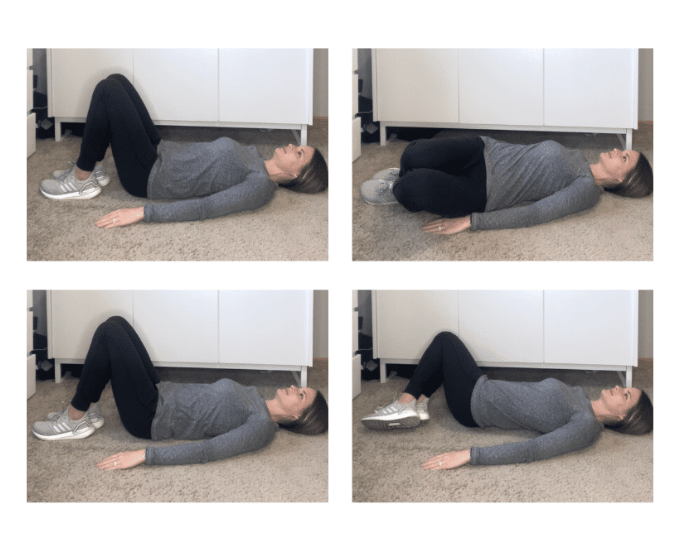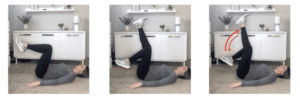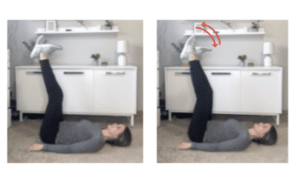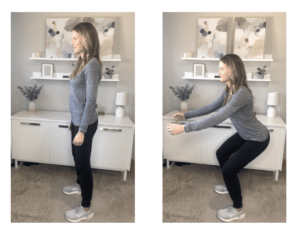Have you ever noticed swelling in the legs and feet worsen after sitting for a few hours, or after you’ve been lounging and getting caught up on the last season of a new Netflix series? Even if your legs are elevated, the swelling may still be lingering. Why does this happen, and what can you do about it?
Blood comes from your heart and is pumped throughout your body through arteries. The blood then returns to the heart through the veins, or some clear fluid from the blood, called lymph fluid, returns through the lymphatic vessels. Swelling can be caused by congestion or backup of either the veins or the lymphatic vessels.
Your veins and your lymphatic vessels don’t have a biological pump for them. They have small valves to try and move fluid along, but they heavily rely on your muscles to help. The muscles act as a pump. They contract around the veins and lymphatic vessels, pushing and supporting blood or lymphatic fluid to flow through. Without movement and using your muscles, blood and fluid can pool in your legs and feet and cause swelling.
So take a break from your desk or hit the pause button and try these simple and effective exercises to reduce swelling and edema.
Laying Down Trunk Rotation
This exercise moves the fluid in your core and hips.
While laying on your back, bend your knees up and place your feet on the surface.
Slowly let your legs fall to one side, and stop when you feel a mild stretch in your core or hips. Avoid arching into your low back.
Return your legs to the middle. Then allow your legs to fall to the opposite side. Return to the center.
Repeat this movement 10-20 times.
Modification: If there is any back discomfort, decrease how far your legs fall out to the side.
Knee Extension Kicks
This exercise moves the fluid in the thighs and knees. The elevation will assist with fluid movement.
While laying on your back, bend your knees up and lift your feet off the ground.
Straighten one knee and leg out, kicking your foot up to the ceiling. Keep the opposite leg bent.
Then, switch your leg positions, so the opposite leg kicks up while bending the other.
Gently alternate back and forth 10-20 times.
Modification: If there is any back pain or discomfort, you can keep your feet on the ground and lift one left at a time.
Laying Down Ankle Pumps
This exercise moves the fluid in the calves, feet, and ankles. The elevation will assist with fluid movement.
While laying on your back, straighten your legs up to the ceiling.
Pump your ankles back and forth 10-20 times.
Modifications: If there is any back pain or straining, try laying on the couch with the legs up on the arm of the sofa. Or have your legs on top of 2-3 pillows for elevation.
Mini Squats
This exercise moves the fluid in the entire lower body.
Stand with your feet shoulder-width apart. Hold onto a rail or the kitchen sink for support if needed for balance.
Squat down 4-6 inches by sending your hips back like you will sit down in a chair. Avoid allowing your knees to move forward past your toes for joint safety.
Then, push through your heels back up into standing.
Repeat this 10-15 times.
Modification: If there is any knee pain or discomfort, try decreasing how far you squat down. Or use the same muscles by finding a chair and moving from sitting to standing ten times.
Walking
This exercise moves the fluid in the entire lower body. It is one of the healthiest activities someone can do for overall health.
Get outside or on a treadmill and start with 2-5 minutes as a goal. Every few days, add another 2-3 minutes to the duration of your walks.
Over time, build up to walking for 20-30 minutes 1 or 2 times a day.
Modification: If you do not have space to walk, or the weather isn’t cooperating, then try marching in place for 2 to 5 minutes. If there are any joint pain or balance concerns, another excellent location to walk is in the water! Find a local pool to walk in or join an aquatic exercise class. The water will provide a gentle compression also to decrease swelling.
These exercises are simple and can help decongest a swollen area. However, the best exercise to do is something that you enjoy and that you can be consistent with each day. This will make sure your veins and lymphatic vessels stay healthy and help prevent excess swelling and edema.
For more information on Kelly visit our website.
Or follow Kelly on Instagram at @cancerrehabpt.
As always, you can find AIROS Medical on all of our social channels including LinkedIn and Twitter.
